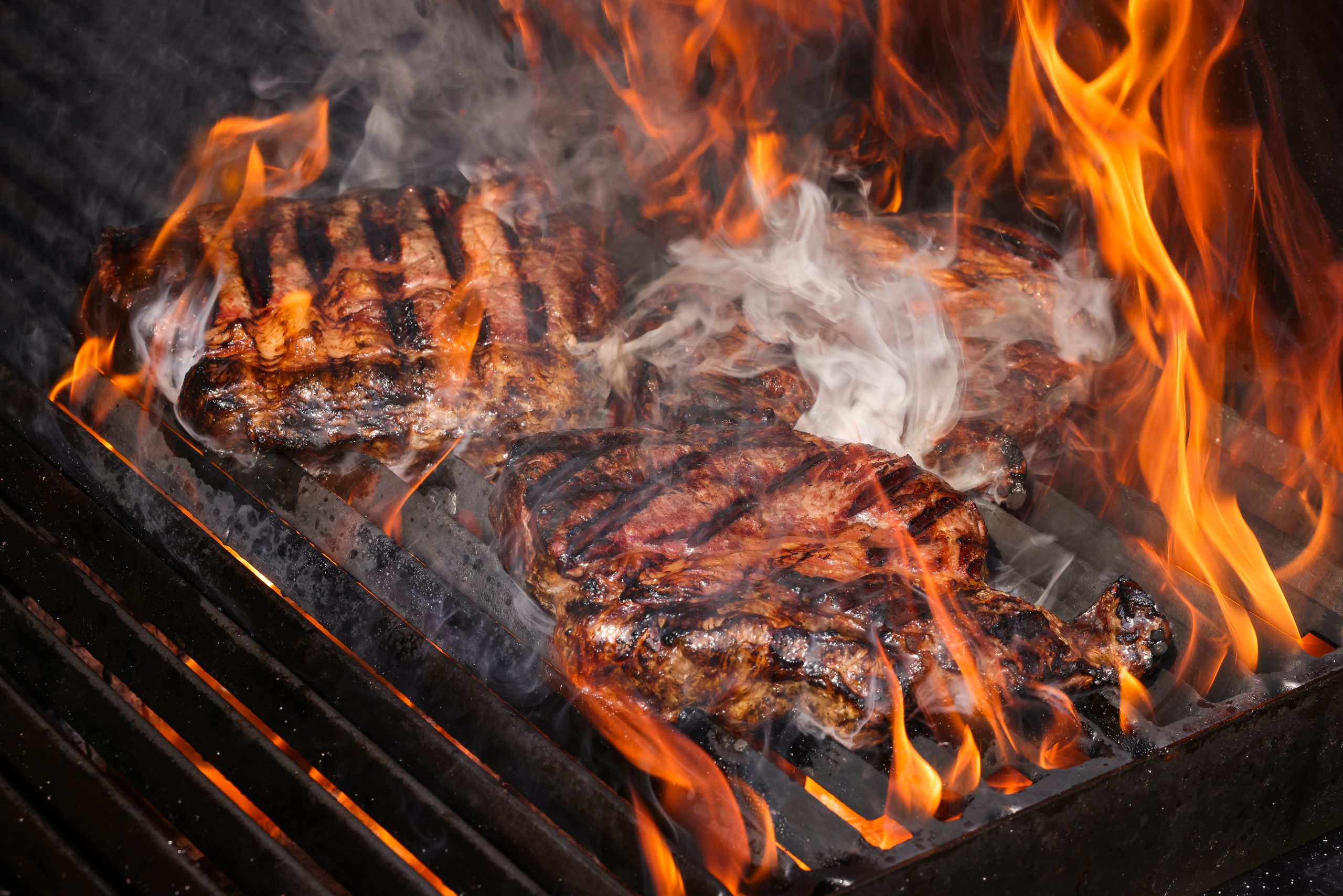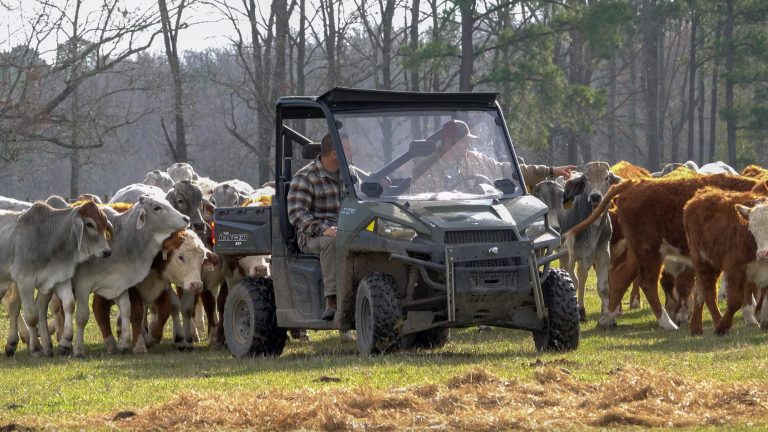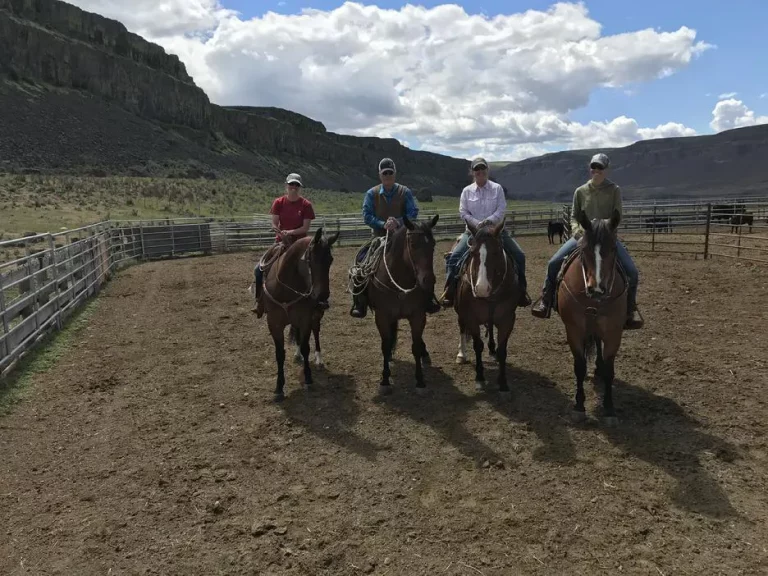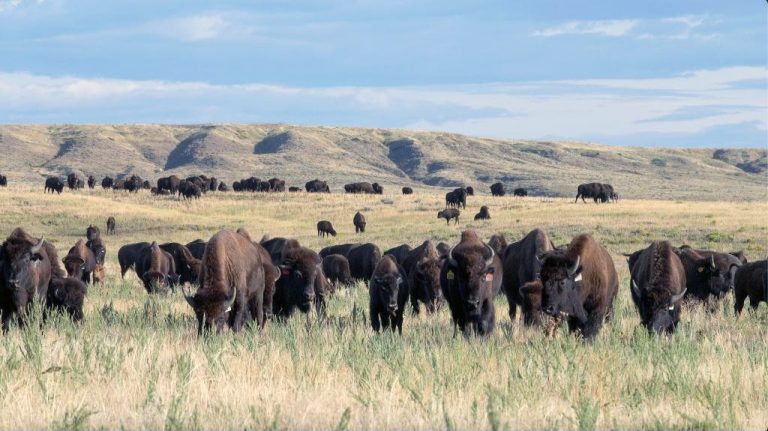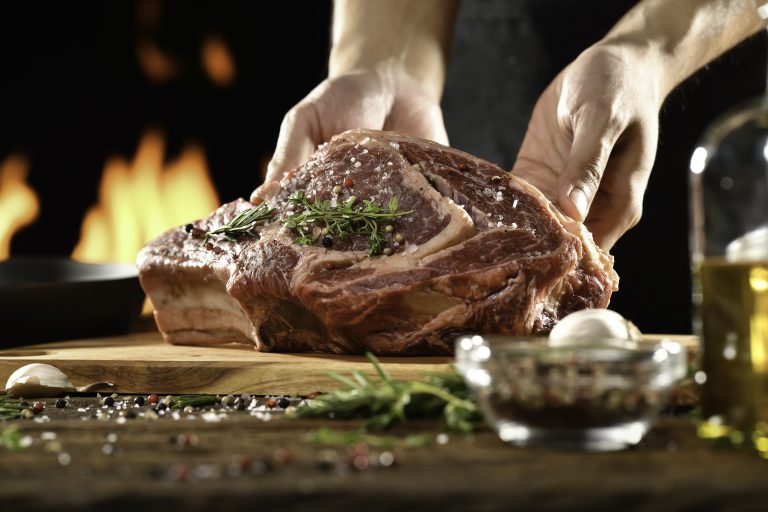Yanasa TV News
A Looming Tyson Strike in Texas Threatens America’s Dinner Plate—and the White House May Have to Step In
A Crisis on the Horizon
America’s largest beef-processing plant—the Tyson Foods facility in Amarillo, Texas—stands on the edge of a historic shutdown. After months of negotiations, more than 3,100 workers represented by Teamsters Local 577 voted overwhelmingly (98%) to authorize a strike, demanding better wages, improved benefits, and an end to alleged unfair labor practices. If this walkout goes forward, the shockwaves could hit dinner tables across the country, raising beef prices and straining a food supply chain already under pressure.
With both sides locked in a high-stakes standoff, all eyes are on the U.S. government: Will President Trump step in to keep the beef flowing, or will Americans soon face sticker shock at the grocery store?
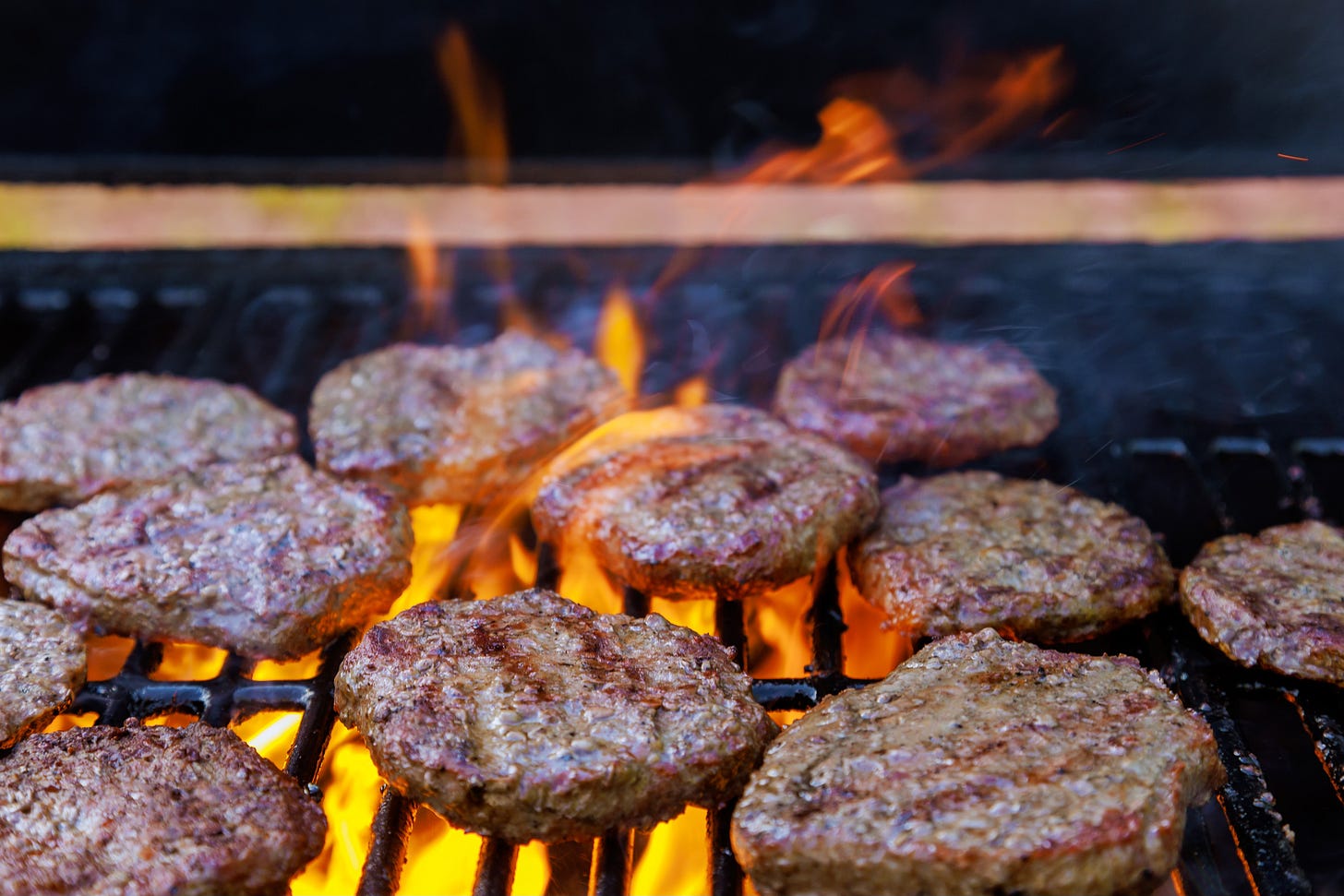
What’s at Stake: Why This Plant Matters
The Amarillo Tyson plant is no ordinary facility. It processes up to 6,000 head of cattle per day—accounting for a significant portion of the nation’s beef supply. When workers at a plant of this scale threaten to walk off the job, it’s not just a local labor dispute; it’s a national emergency.
The timing couldn’t be worse. The U.S. cattle herd is at its lowest level in 74 years, leaving the market vulnerable to any disruption. Even a brief shutdown could trigger beef shortages, sending prices surging for families and restaurants nationwide. Industry analysts warn that consumers are likely to see the impact “within days” if a strike proceeds (ABC 7 Amarillo).
Why Workers Are Ready to Walk
Workers at the Amarillo plant say they’ve reached a breaking point. According to Teamsters Local 577, employees have faced years of stagnating wages, tough working conditions, and what the union alleges are unfair labor practices. Among the charges:
- Harassment of union stewards
- Pressuring injured employees to drop workers’ comp claims
- Threats and improper interrogations related to union activity
Union President Al Brito and negotiating committee member Keisha Carey have been vocal, framing the fight as both a battle for fairness and a “humanitarian mission.” For Tyson, this is not just about paychecks—it’s about public image and the future of labor relations across its entire supply chain.
Economic & Supply Chain Fallout: Why You Should Care
If the Amarillo plant goes dark, the consequences could be immediate and far-reaching:
- 20% of Tyson’s total beef processing capacity could be lost overnight
- Beef prices—already near record highs—could climb sharply
- Restaurant chains and grocers may scramble for alternatives, further pushing up costs
- Farmers and ranchers relying on steady processing contracts could face delays and financial losses
- Tyson itself is reeling from a $149 million quarterly loss in its beef division, and a strike would deepen the financial hit
The last time major meat plants faced shutdowns—during the COVID-19 pandemic—store shelves emptied and prices jumped. Economists warn that a strike at Amarillo could trigger a similar scenario, but with even less supply to cushion the blow (Meat & Poultry).
What Can the U.S. Government Do?
With the nation’s food supply at risk, the federal government has powerful—though rarely used—tools to intervene:
1. Invoke the Taft-Hartley Act
The President can use the Taft-Hartley Act to order striking workers back to their jobs for up to 80 days if a walkout “imperils national health or safety.” This law was last used in major rail and port strikes, but a shutdown of America’s largest beef plant could justify its use here (Wikipedia: Taft-Hartley Act).
2. Federal Mediation
The Federal Mediation and Conciliation Service (FMCS) can step in, offering negotiation support and helping both sides reach a deal. This often happens quietly behind the scenes in high-impact labor disputes.
3. NLRB Enforcement
The National Labor Relations Board (NLRB) is already investigating the union’s claims of unfair labor practices. It could issue cease-and-desist orders or seek a court injunction against illegal company actions.
4. Activate the Defense Production Act
During the pandemic, President Trump used the Defense Production Act to classify meatpacking as “critical infrastructure,” requiring plants to remain open under federal guidelines. The Trump administration once again could use the same authority if it believes the nation’s food security is threatened (Wikipedia: COVID-19 and Meat Industry).
5. Congressional Pressure
With food inflation already a political issue, Congress may hold hearings or urge both sides to compromise. Public support for unions is at a modern high, which could shape the government’s response.
Who Wins and Who Loses?
- Workers: Hope to leverage the strike threat into real gains in pay and benefits
- Tyson: Risks major financial losses and reputational damage if the dispute drags on
- Consumers: Almost certain to see higher beef prices and potential shortages
- Farmers/Ranchers: Could be hurt by backup in the supply chain, delaying livestock sales
- Investors: Watching nervously as Tyson’s stock faces more volatility
What Happens Next
Negotiations are ongoing, but union leaders have signaled that July is the likely deadline for a deal. If talks fail and the strike proceeds, expect swift action from Washington and headlines across the country about rising beef prices and empty store shelves.
The Bottom Line
A strike at Tyson’s Amarillo plant is not just a local labor dispute—it’s a flashpoint in America’s ongoing food supply crisis. With families, farmers, and business owners all on edge, the pressure is now on Tyson, the union, and the federal government to find a solution. If they fail, every steak, burger, and brisket on your table could cost a lot more—and some may not be available at all.

